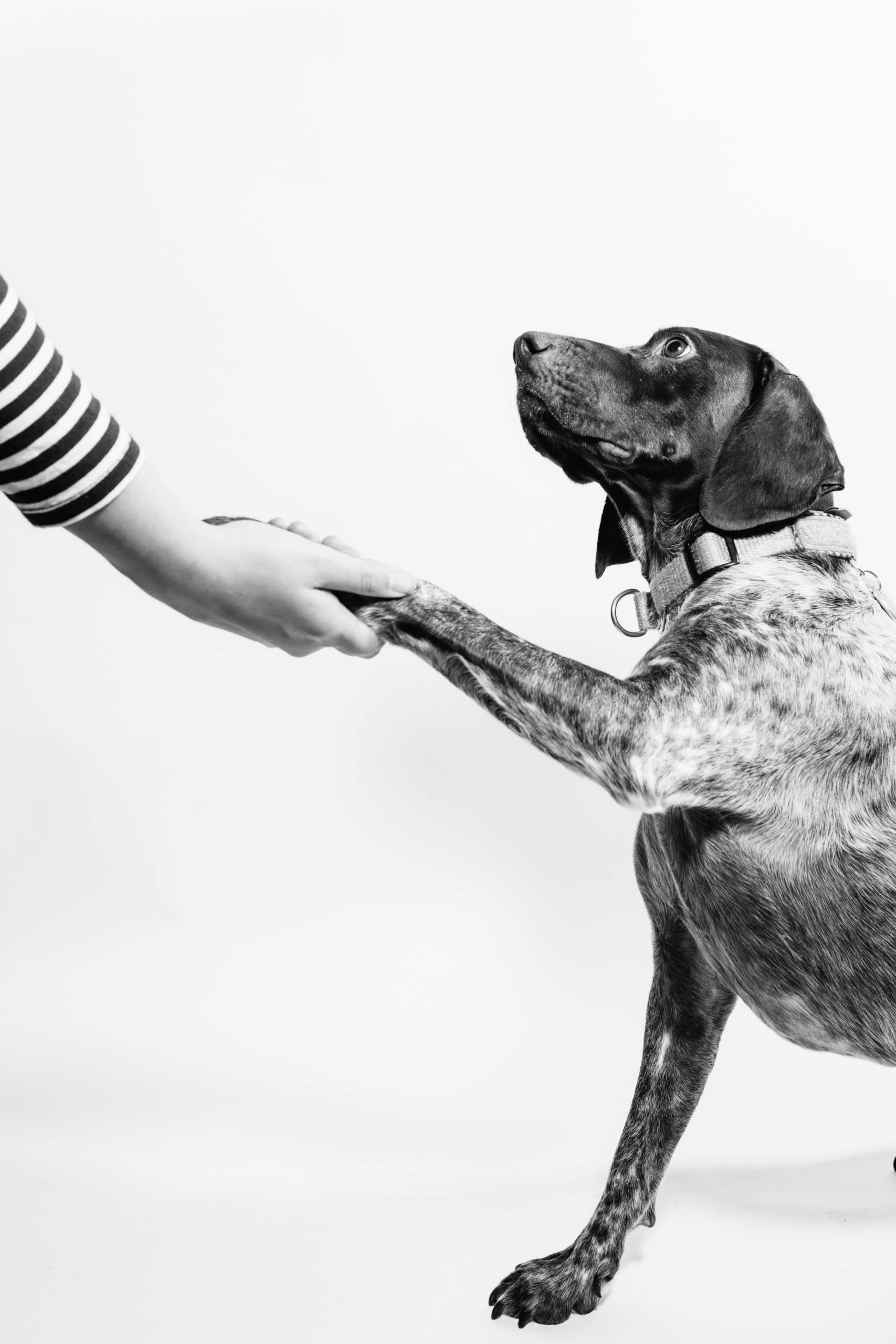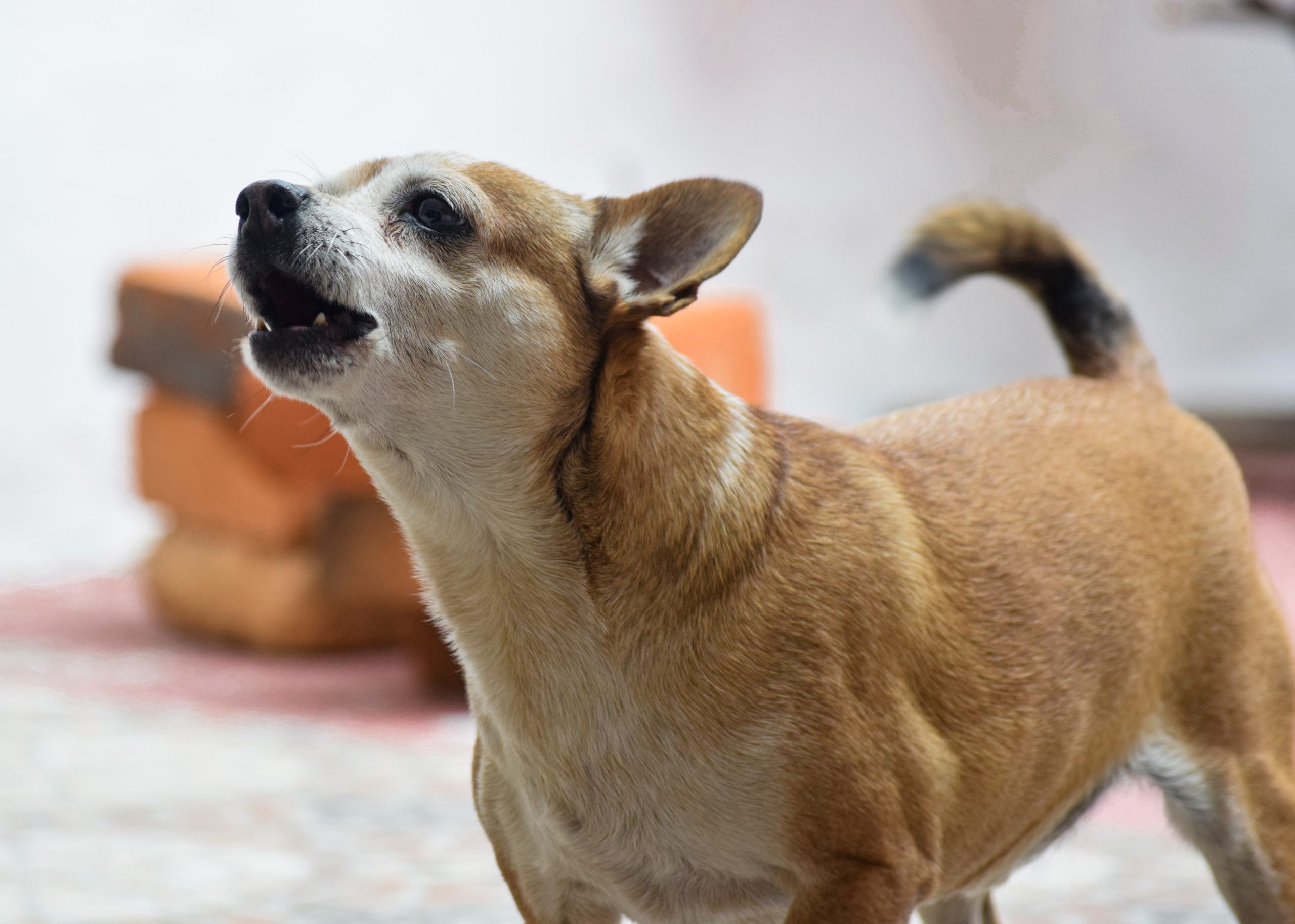As a dog owner, watching your beloved furry friend suffer from anxiety can be heartbreaking. Whether it’s separation anxiety, fear of loud noises or unfamiliar situations, or any other form of anxious behavior, it’s important to understand that your dog is not misbehaving on purpose.
It’s a natural response to stress and can happen to any dog regardless of breed or age. But as a caring pet parent, you can take steps to help manage your pup’s anxiety and improve their quality of life.
In this article, we’ll discuss the signs and symptoms of dog anxiety, its causes, and why seeking professional help is crucial.
We’ll also provide practical tips on how to comfort your dog when they’re feeling anxious. From creating a safe space for them to implementing effective training techniques and providing natural remedies that can ease their fears – we’ve got you covered.
So if you’re looking for ways to help your four-legged friend feel more relaxed and comfortable in their own skin, keep reading.
Understanding Dog Anxiety
Dog anxiety is a common condition that affects many dogs of all breeds and ages. Anxiety can manifest in different ways, including destructive behavior, excessive barking or whining, aggression, or even self-harm. Understanding the symptoms of anxiety is crucial in identifying the condition and seeking professional help.
There are different types of anxiety dogs can experience, such as separation anxiety, noise phobias, fear-related anxieties, and generalized anxieties. Separation anxiety is when dogs become extremely anxious when their owners leave them alone.
Noise phobias are fears of loud noises such as thunderstorms or fireworks. Fear-related anxieties may come from unfamiliar people or objects and generalized anxieties can cause a dog to feel anxious for no specific reason.
It’s essential to know that dog anxiety is not a character flaw but rather a medical issue that needs to be addressed with proper care and attention. If left untreated or unresolved, dog anxiety can significantly affect your furry friend’s quality of life.
Signs and Symptoms of Dog Anxiety
Dogs are often referred to as man’s best friend, but they can also experience stress and anxiety just like humans. It is crucial for dog owners to understand the signs and symptoms of anxiety in their furry friends so they can address it appropriately.
Some common signs of dog anxiety include trembling, panting, excessive barking or whining, destructive behavior such as chewing or digging, and trying to escape from a room or area.
Other indicators that your pup may be experiencing anxiety include sudden changes in appetite or sleep patterns, pacing back and forth in a specific area, hiding or cowering away from people or other dogs, and even aggression towards people or other animals.
While some of these behaviors can result from other underlying medical conditions, it is essential to pay attention to any changes in your dog’s behavior so you can identify whether their behavior is due to anxiety.
Causes of Dog Anxiety
Dogs can experience anxiety for a wide range of reasons, and it’s essential to identify the root cause to help your furry friend. One common cause is separation anxiety, which happens when dogs feel distressed when left alone or separated from their owners.
Dogs may also develop anxiety due to traumatic experiences, such as being abused or abandoned. Certain medical conditions can trigger anxiety in dogs as well, including hypothyroidism and hearing loss.
Another cause of dog anxiety is phobias, which are intense fears of specific objects or situations. For instance, some dogs may have a phobia of loud noises like fireworks or thunderstorms. Improper socialization during puppyhood can also contribute to dog anxiety later in life.
It’s crucial to determine the underlying cause of your dog’s anxiety so that you can provide the most appropriate treatment and support. Identifying triggers will allow you to take proactive steps towards preventing anxious episodes before they occur.
The Importance of Seeking Professional Help
When it comes to dealing with dog anxiety, seeking professional help is essential. While it may be tempting to try and handle the situation on your own, a trained veterinary behaviorist or certified dog trainer can provide invaluable guidance and support.
Not only can they help diagnose the root cause of your dog’s anxiety, but they can also recommend specific techniques and strategies tailored to your pet’s unique needs.
Working with a professional can give you peace of mind knowing that you are taking the necessary steps to help your furry friend. It’s important to remember that canine anxiety is a complex issue that requires a specialized approach.
Relying on generic advice found online or from well-meaning friends may not be effective or even safe for your pet.
How to Comfort Your Dog with Anxiety
One of the most important ways to help your anxious dog is to provide comfort and reassurance. Dogs, like humans, respond positively to touch and affection, so offering consistent physical contact can go a long way in calming them down. This can include cuddling, petting, or simply sitting beside your dog while they relax.
In addition to physical touch, creating a comfortable and secure environment for your dog can also help ease their anxiety. This includes providing a cozy bed or blanket for them to curl up in and making sure the room is quiet and free from excessive noise or stimulation. Playing calming music or using aromatherapy with essential oils may also have a positive effect on their mood.
Creating a Safe Space for Your Dog
Creating a safe and comfortable space for your dog is crucial when dealing with anxiety. A safe space can provide your furry friend with a sense of security and relaxation, helping to reduce their anxiety levels.
Start by identifying a quiet and peaceful area in your home away from distractions such as noise, traffic, or other pets. Then, create a den-like environment with blankets, soft cushions, and familiar toys. This will give your dog a place to retreat when they feel anxious or stressed out.
You should also make sure that the temperature in the room is comfortable for your pet. If you live in a noisy area or have loud neighbors, consider using white noise machines to block out external sounds that could trigger anxiety in your four-legged friend.
Encourage them to use their designated area regularly by giving them treats and praise. Over time, this will help them associate their safe space with positive experiences and feelings of relaxation.
Implementing Effective Training Techniques
Dogs with anxiety often benefit from consistent training sessions that help build their confidence and reinforce positive behaviors. One effective technique is desensitization, which involves gradually exposing your dog to the things that trigger their anxiety in a controlled environment.
For example, if your dog is afraid of loud noises, you can start by playing soft sounds and gradually increase the volume over time.
Another technique is counter-conditioning, which involves pairing the trigger of your dog’s anxiety with something positive, like treats or praise. This helps change your dog’s association with the trigger from negative to positive over time.
It’s important to remember that training should always be done in a gentle and patient manner, as punishment or harsh methods can actually exacerbate your dog’s anxiety.
Incorporating these training techniques into your daily routine can be time-consuming but highly effective in helping your furry friend manage their anxiety. Taking small steps towards progress while being patient and consistent will ultimately lead to a happier and more confident pup.
The Benefits of Exercise and a Healthy Diet
Dogs, like humans, can benefit greatly from regular exercise and a balanced diet. Not only can exercise help alleviate anxiety, but it can also improve your dog’s overall physical and mental health.
A daily walk or run not only helps your dog burn off excess energy but also provides an opportunity for socialization and mental stimulation.
A healthy diet is equally important for managing anxiety in dogs. Feeding your dog a nutritionally balanced diet that is rich in essential vitamins and minerals can help support their immune system and reduce the risk of illnesses.
Additionally, certain foods such as salmon, turkey, blueberries, and sweet potatoes have been shown to have calming effects on dogs’ nervous systems.
As with any changes to your dog’s exercise routine or diet, it’s important to consult with your veterinarian first to ensure that you are making the best choices for your furry friend’s unique needs.
Positive Reinforcement and Reward-Based Training
Another effective way to help a dog with anxiety is through positive reinforcement and reward-based training. Positive reinforcement involves rewarding your dog when they exhibit desirable behavior, such as calmness or relaxation.
This type of training can help your dog associate positive experiences with certain situations, reducing their anxiety levels over time.
The key to successful positive reinforcement training is consistency and patience. It may take some time for your dog to learn new behaviors, but rewarding them when they display good behavior reinforces the desired outcome.
Treats, toys, or praise are great rewards for dogs, but it’s important to use them in moderation and not rely on them too heavily.
This method also helps improve the bond between you and your pet, since you are providing positive feedback and building trust. When done consistently over time, this training can lead to a happier and more confident dog that is less prone to anxiety-related behaviors.
Conclusion
In conclusion, dealing with a dog’s anxiety can be tricky, but there are effective ways to help your furry friend feel calm and relaxed. Whether it’s through creating a safe space at home, implementing positive training techniques or using natural remedies, there are many options available to make your dog feel better.
Remember that seeking professional help is always an option if necessary. With patience and persistence, you can help your dog overcome their anxiety and live a happy life with you by their side.



